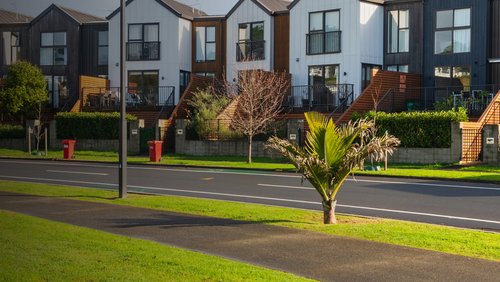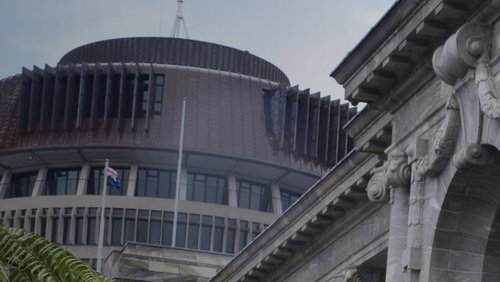19 May 2020
At the moment, there’s limited New Zealand-specific guidance on how to design a functional stream that works as well as one in nature. A small team wants to change that and is calling for support and input.
The team, which draws members from NIWA, Boffa Miskell, Tonkin + Taylor, the Ministry for the Environment, the Department of Conservation, and Engineering New Zealand, gathered early last year to discuss the potential for developing a National Stream Design Guideline.
Many of the streams that have been diverted or modified are left in a worse condition. These assets are often vested to a council once development has been finished, and their maintenance becomes a rate-payer-funded liability.
The National Stream Design Guideline aims to develop clear and consistent approaches for stream design for constructed streams (including diversions, reclamations and agricultural drains) and stream realignments. This would help reduce on-going degradation of streams and to contribute to improvements in ecosystem health and water quality.
The lack of clear and consistent design guidance also leaves individual consenting officers to assess stream designs’ suitability, with limited resources to help them make an informed decision.
The team envisions the guideline being used by industry, as well as councils, to set clear expectations for stream design projects. The guideline would:
- Provide a framework for identifying if stream diversion/realignment is necessary
- Clearly outline what steps need to be followed in order to design a functioning stream
- Provide clear guidance on what other elements of a stream design project need to be considered and when in the design stage
- Provide guidance on who should be consulted/involved and when in the design stage
- Provide clear guidance on what needs to be submitted as part of the Resource Consent process
- Provide clear guidance on pre- and post-construction monitoring
To make sure the National Stream Design guidelines are fit for purpose, we need a wide range of people to provide us with feedback at various stages. The team has identified three tiers of stakeholder groups:
- Our ‘partners’ group, which include the Department of Conservation and Ministry for the Environment, consenting agencies (e.g. regional councils) and asset owners (e.g local councils)
- Our ‘technical’ partners who provide invaluable peer review and additional feedback as required
- Our ‘industry partners’ who are likely to be the users of the guidelines
We’re just starting this journey, with a long road ahead, and a lot of funding to find. But we want the process to be transparent and collaborative and are seeking volunteers to be representatives for our three stakeholder groups.
If you’re interested in being part of one of our stakeholder groups, please get in touch with Selene Conn from Tonkin & Taylor, or Mark Lewis from Boffa Miskell.





